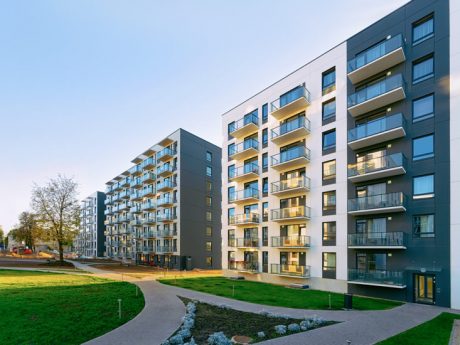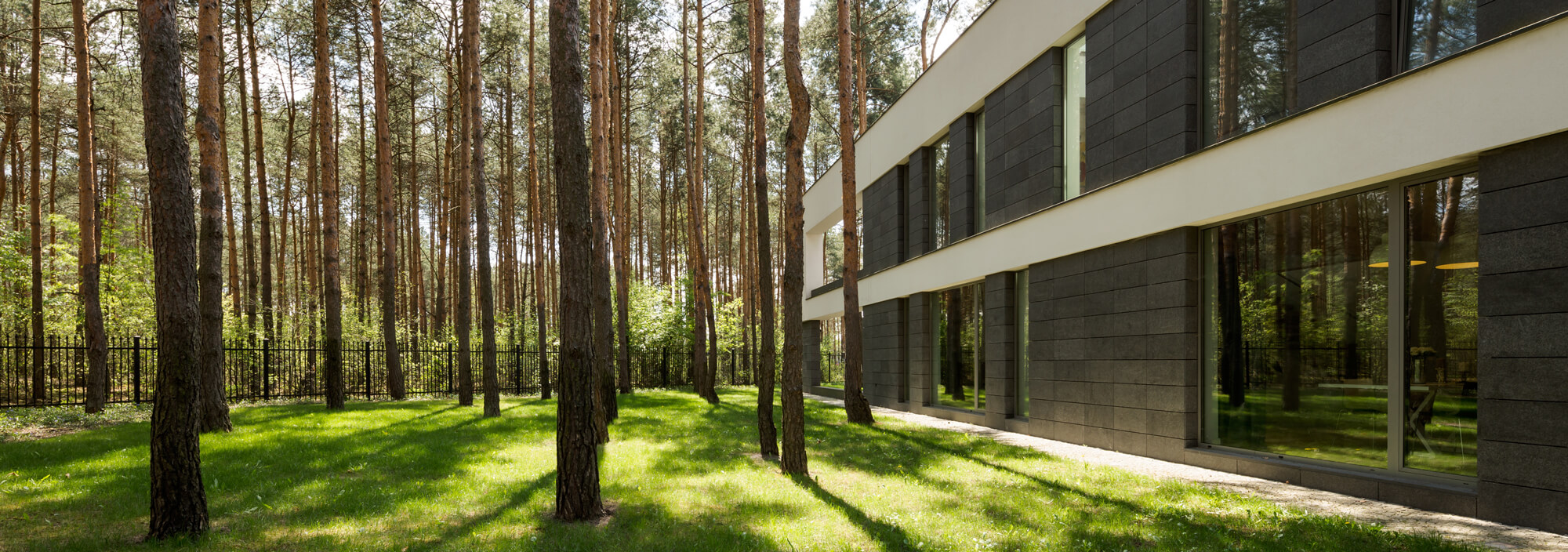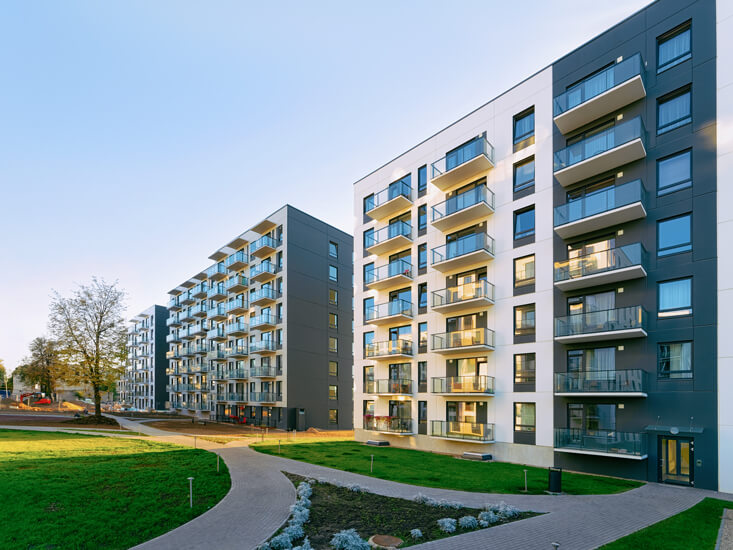
Domestic Buildings
- New Build Dwellings Part L1A
- Existing Dwellings Part L1B
Commercial Buildings
- New Build Buildings Part L2A
- Existing Buildings Part L2B
Watt Energy & Consulting Engineers Limited are expertly positioned to undertake all of your Part L requirements.
With an acute understanding of the M&E implications, Watt Energy & Consulting Engineers Limited have established design team relationships with architects and developers nationwide in order to guide hundreds of buildings and homes through Part L.
Part L1A – New Dwellings
There are 5 criteria for Part L1A compliance:-
- Dwelling CO2 emissions are less than a target set to improve standards
- Performance of fabric and services are no worse than set minimum standards
- The dwelling has passive measures to limit summertime temperatures
- The building when constructed must be consistent with the predicted CO2 emissions
- Sufficient information must be provided on the operation of the building#
The Target CO2 Emission Rate (TER) is calculated for dwellings using SAP for a ‘notional’ dwelling of the same size and shape as the ‘actual’ dwelling and is based on set construction rules.
Services included in the assessment include space, heating, hot water, ventilation, and internal fixed lighting.
The Dwelling Emissions Rate (DER) must be no higher than the target. Two calculations of the dwelling emissions rate are required:
- Design calculations presented in a report to Building Control that defines the critical design features
- Following dwelling pressure testing, a final calculation to confirm that the building complies ‘as built’
Part L1B – Work to Existing Dwellings
Works to existing dwellings include extensions, material change of use, material alterations, provision of a controlled fitting, provision or extension of a controlled service and provision or renovation of a thermal element.
Buildings that are historic or of architectural interest require special considerations to increase energy efficiency without sacrificing the character of the building and need to be agreed with the local conservation officer.
The recommended maximum U-values for an extension may be varied on condition that it is no worse overall than a similar extension built to the standards and that the defined maximum U-values are not exceeded.
We can provide a SAP calculation to demonstrate that CO2 emissions from a dwelling plus an extension are no worse than the dwelling plus an extension complying with regulation. Where this involves upgrades to the existing dwelling then these upgrades need to comply with Part L1B standards.
Generally the same standards apply to the other categories as for extensions where elements are being provided, extended or renovated. Retained thermal elements, in some cases, should be upgraded where it is technically and economically feasible (i.e. simple payback of 15 years. If this is not possible then the U-value should be upgraded to achieve a 15 year payback).
SAP can be used as an alternative for refurbishments to demonstrate that CO2 emissions are no worse than if the refurbishment followed the regulations.
Under certain circumstances retained thermal elements, such as walls, roofs and floors need to be upgraded to reach minimum standards.
Part L2A – New Commercial Buildings
There are 5 compliance criteria:
- CO2 emissions less than target
- Performance of fabric and services meet minimum standards
- Where there is no cooling, means are provided for limiting solar gains in summer.
- Quality of Construction including mandatory pressure testing of buildings
- Providing information to enable building users to operate buildings in an energy efficient manner
Two calculations using simulation software of the actual building emissions rate are required:
- Design calculations presented in a report to Building Control
- Following full building pressure testing, a final calculation to confirm that the building complies ‘as built’.
Part L2B – Work on Existing Commercial Buildings
This applies to extensions, subsequent fit out works, change of use, material changes, work on controlled services etc. Initial building fit outs need to comply with new building regulations.
The Part L regulations introduced the requirement to incorporate ‘Consequential Improvements’ which require the upgrading of windows, boilers, air conditioning and lighting under certain circumstances along with energy metering up to 10% of the value of the proposed works.
Where technically and economically feasible LZC (Low and Zero Carbon) systems should be installed.
Unit energy costs are itemised in the regulations for each fuel and these need to be used for assessing the feasibility of various improvements.



